A trip to Altiplanic lagoons in Atacama from San Pedro de Atacama
My third day in San Pedro de Atacama, at 7 am I took a trip to Altiplanic lagoons in Atacama with the travel agency Andes Expediciones. It was completely different to the trip I had a day before to The Tatio geysers so I was happy to explore diverse places.
Once I hopped on the bus, behind the Andes I saw a weird light coming down from the Earth surface. I thought it was the beginning of the sunrise already but later on I met Slovak astronomers who proved I was wrong. The light I saw is so called zodiac/zodiacal light that cannot be seen very often. There are only 4 places in the world where you can spot the zodiac light and the Andes next to the Atacama desert are one of them. Very few people in the world get a chance to see zodiac light which reminded me the day outside the Cholula pyramid in Mexico when I spotted a sun dog – rainbow around the Sun which is not very common to see and I did see it.
So I tried to take some photo of the zodiac light but from the moving bus it was not easy. Unfortunately, the photos are not clear enough.
Then, our first stop was at Salar de Atacama – Atacama Salt Flat at 2,300 m above sea level which has a surface of approx. 320,000 hectares. The salt crystals are produced by the underground water evaporation of heavy saline load. The water comes from the Andes. Salar consists of different salt crusts, such as plane dry sulphate crusts, up to 70 cm high chloride tough crusts, chloride polygonal structures and even charcoal stones.
Salar de Atacama is different from any other salt flat in the world. It is not just made out of salt crusts, but it has also some vegetation and diverse fauna and flora.
There we visited Laguna Chaxa – Chaxa Lagoon which is located inside Salar de Atacama, in the East side of it. It is one of the muddy shallow lagoons there. Being a part of National Reserve Los Flamencos, Chaxa is a protected area . Its incredible scenery and geological conformation is home to pink flamingos and many other birds.
We can find there mostly Flamenco Andino – Andean Flamingo living here, but sometimes Flamenco Chileno – Chilean Flamingo and smaller Flamenco de James – James’ Flamingo can be seen. In 2011 there were 1,788 specimens of Andean Flamingo counted in Laguna Chaxa but the majority of them leave the lake during reproduction as they need privacy and not people staring at them. The interesting fact is that if the flamingos don’t reproduce nor sleep, they eat the rest of the time.
After the visit of Chaxa lagoon, there at the entrance/exit we had a very yummy breakfast and we watched a video about the life in Chaxa lagoon.
Then we continued our trip to the higher altitude until we got to Socaire.
Socaire is the last Eastern Chilean town before Argentina border. It is exactly the place where we can see both big invasions here at the same place. First, the Inca one which is agriculture and cattle, and second the Spanish one and its catholic church just next to the Inca vegetable and fruit terraces.
Socaire is one of the best examples of Atacameña culture (culture of the Atacama people in Atacama desert) of the so called Lican Antay people who changed their traditional nomadic way of life once they settled in Aldea Tulor. These people of the Cunza culture now all speak Spanish language and not the original Cunza one any more, which was another result of the Spanish invasion. Nowadays there are around 400 people living in Socaire whose main source of work is agriculture and non-metal mining. In the past Socaire used to be an important village because of its gold mines.
Slowly we made our way up to the altiplano eating coca sweets.
Altiplano is the meseta – high plateau of the Andes of around 4,500 to 4,700 m above sea level. In there, two altiplanic lagoons, Laguna Miscanti and Laguna Miñiques are located. These two lagoons situated around 110 km South of San Pedro de Atacama and just 28 km South of Socaire were the highlights of the trip, hence the name of the tour in travel agencies is ALTIPLANIC LAGOONS.
Miscanti lagoon
Before, it used to be just one lake/river with the water going freely to the Salar de Atacama. But the volcano Miñiques after one eruption left a lot of lava stones which divided the lake into two (with Miscanti on the left and Miñiques on the right – when you come by car; or a bigger Miscanti in the North and Miñiques more in the South).
The blue colour of both lakes with the white coasts shine in the brownish and greyish nature surrounded by the snowed peaks of the mountains. Vicuñas, guanacos, Tagua Cornuda – Horned Coot (a protected black duck with yellow beak, a species in danger), other ducks, Gaviota Andina, small birds, lizards and foxes among other animals can be spot here. It is prohibited to walk out of the designated path to protect the biological habitat along the lakes where the vicuñas pass. In the winter the surface of the lakes get frozen as the temperatures get to 30 Celsius degrees below zero.
Miñiques lagoon
4,000 to 3,000 A.C. there was an existing population around the lakes which can be proved by some archeological sites in this area (40 circular stone constructions, arrow heads, ceramics).
There is a fully-equipped cabaña at Miscanti lake for 3 people if you would like to stay overnight – 20,000 pesos per person per night.
The altiplanic lagoons are part of the National Reserve Los Flamencos and administrated by Socaire Community together with CONAF. So it is prohibited to take with you any archeological material, as well as feed and irritate animals and drive faster than 20 km/h in the area.
It was a very unique experience to visit these altiplanic lakes. Unfortunately, nothing lasts for ever and we had to make our way back to San Pedro de Atacama to finish the trip. We had one more place to stop at – Toconao.
Toconao, a traditional village, so called Hidden Valley, located at 2,485 m above sea level is caracterized by its liparita buildings (white soft stone of volcanic origin.) Its first inhabitants came here aprox. 11,000 years BC. Nowadays, around 700 inhabitants live in Toconao and they practice ancient traditions and customs and many activities to stay connected with the environment that surrounds them (mountains, animals, water, earth, sun, vegetation).
You can find domestic llamas in their gardens. The town lives from mining activity and handicrafts. Native food, home-made wine or fruit from the zone can be found in Toconao as the water there is fresh without any arsenic which allows the cultivation of fruit trees and vegetable in the area.
The nicest parts of the town are its square, church and San Lucas bell tower built of stone and mud in 1750. Once we took photos of all these places, it was just about the time to go back to San Pedro where we arrived around 3 pm.
It was the funniest day ever! Our guide, Gonzalo, was such a sweetie! Very nice, clever, funny and interesting to talk to. And I also met some amazing girls during that trip, one from Chile, another one from Germany.
My trip to Altiplanic lagoons in Atacama was done by Andes Expediciones travel agency with the help and support of travel agency Terra Extreme.

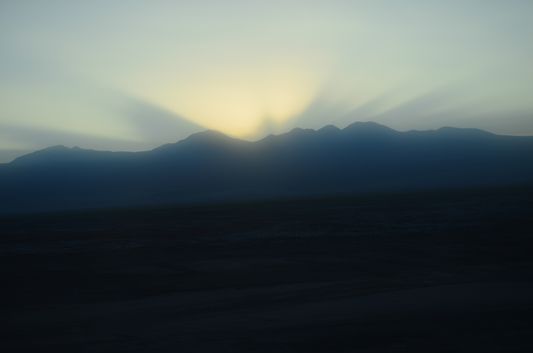
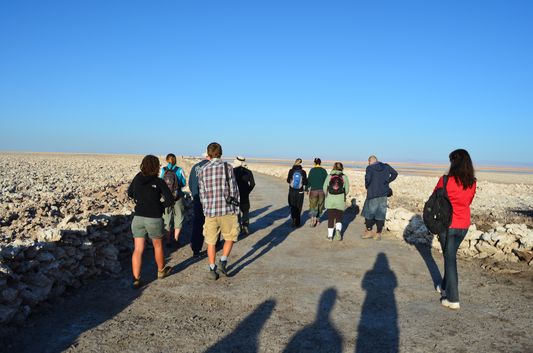
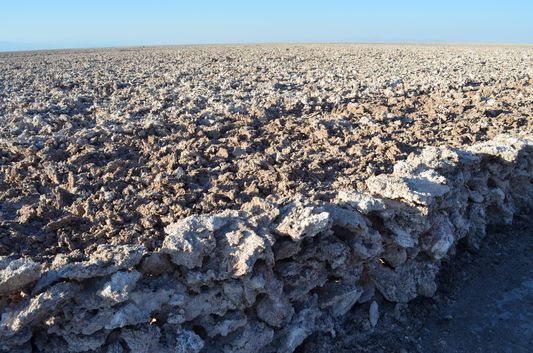
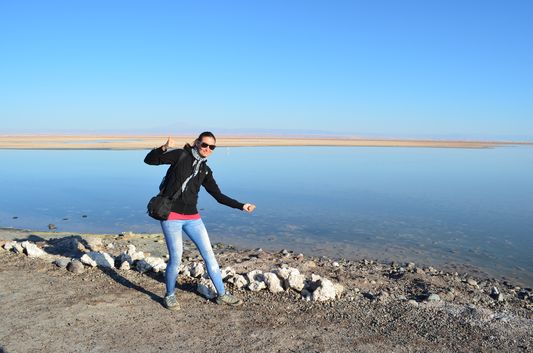
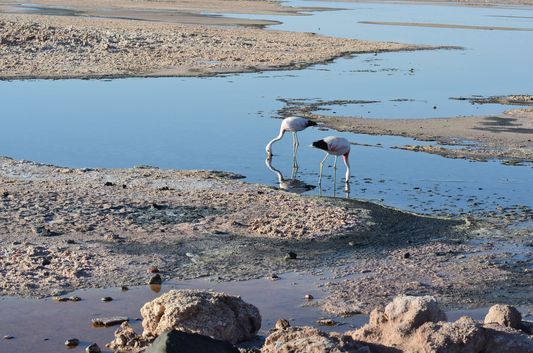
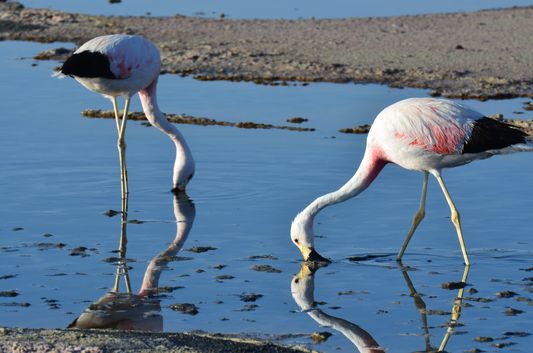
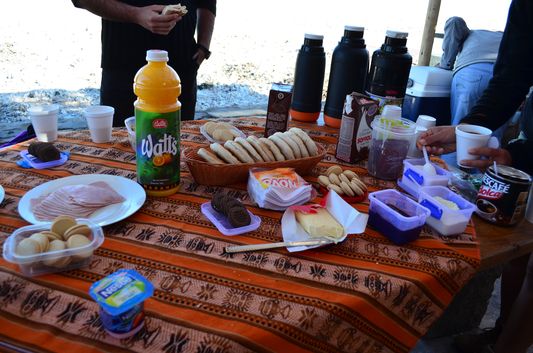
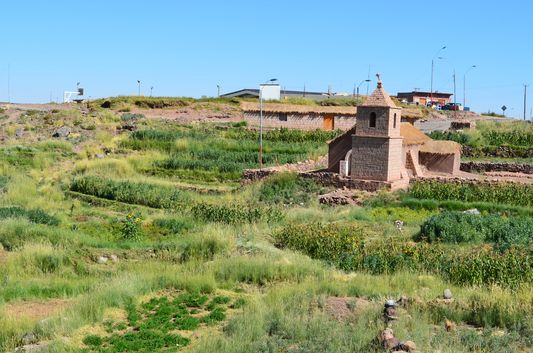
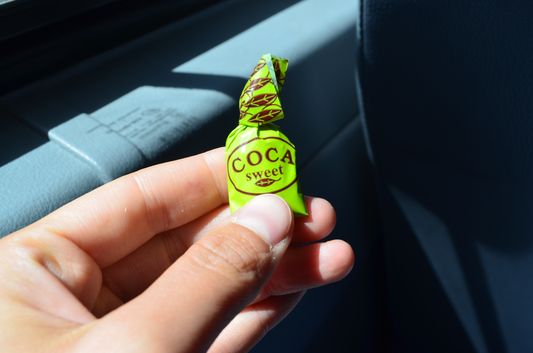
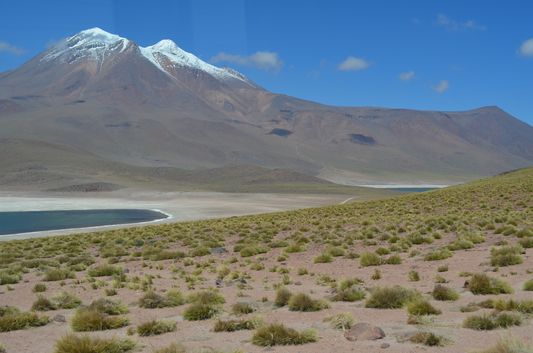
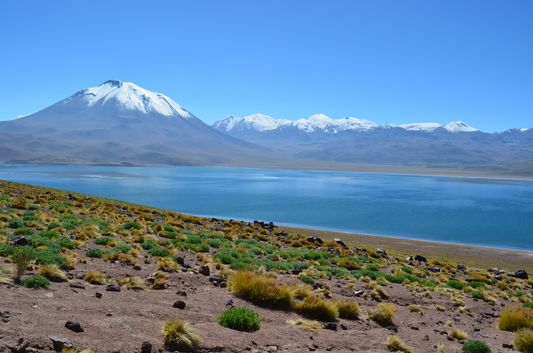
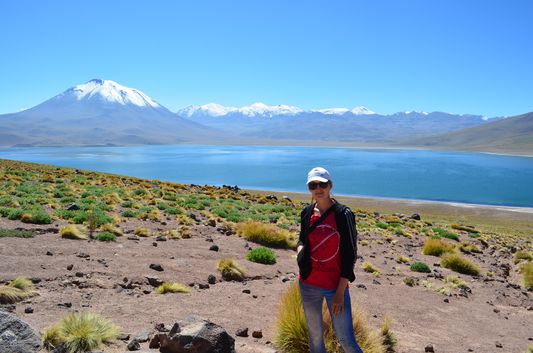
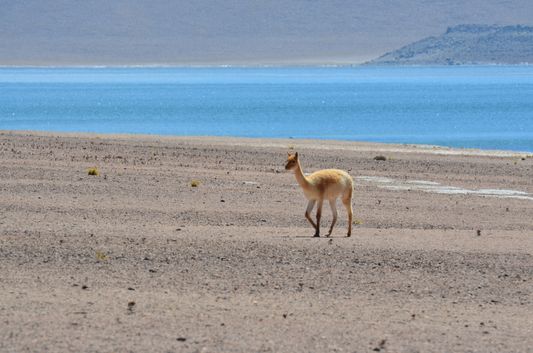
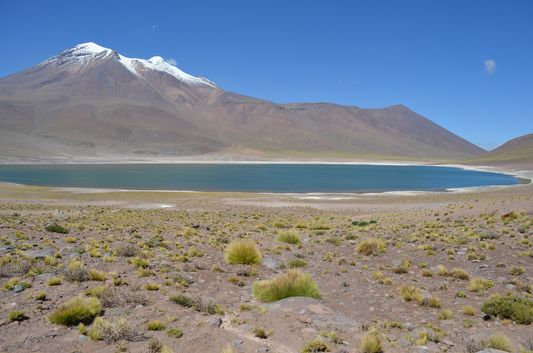
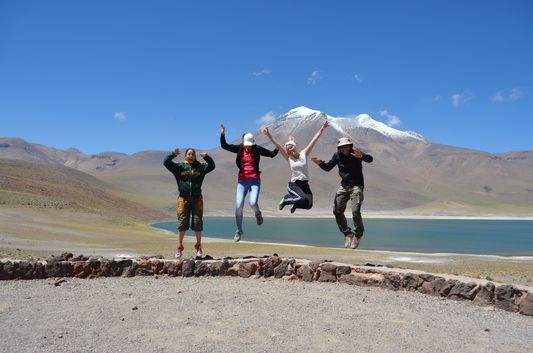
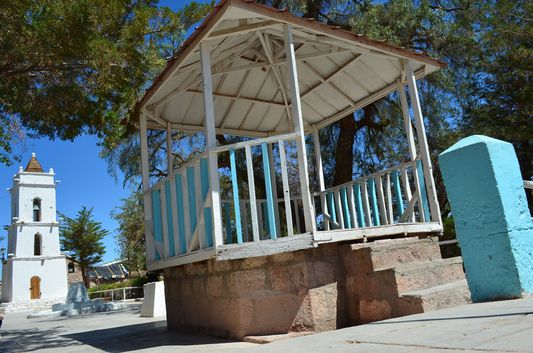
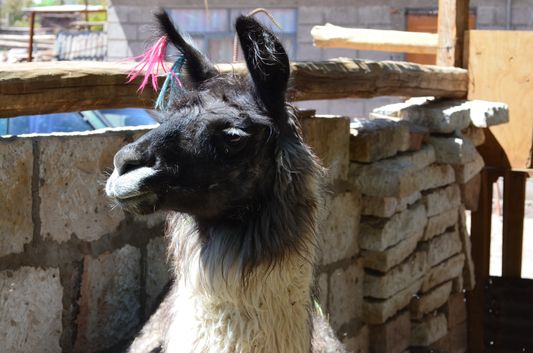
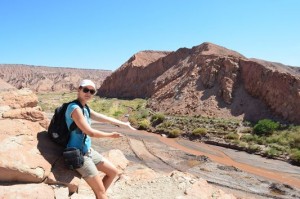
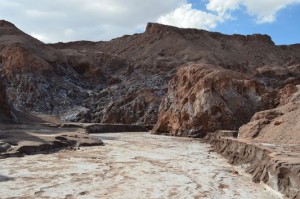
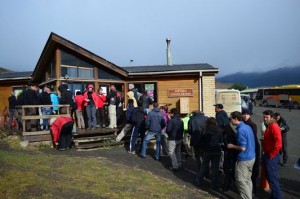
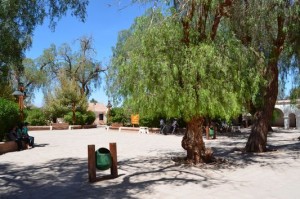
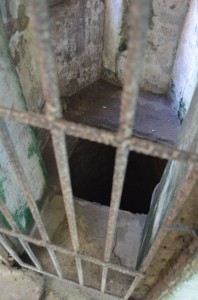
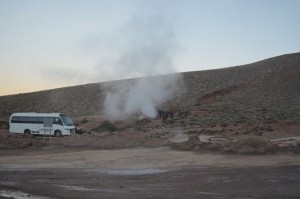
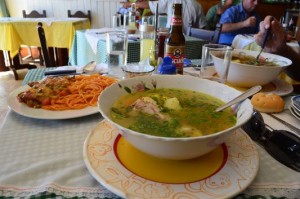
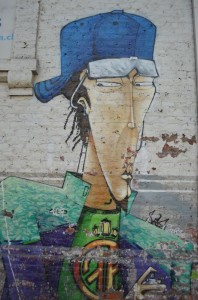
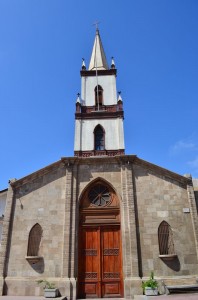
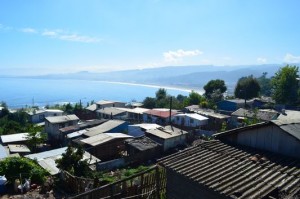
Bill Dolezal via Facebook
| #
You would probably enjoy these mud races going on around the world… sort of an obstacle course thru mud… You end up muddy and tired…!! I haven’t tried one yet… Have U?
Crazy Sexy Fun Traveler via Facebook
| #
I usually throw it on me everywhere! That time in Blue Lagoon had to cover up a friend too :D
Bill Dolezal via Facebook
| #
Oh… You were that girl throwing mud everywhere…ha!! So who has the best mud on your travels?
Crazy Sexy Fun Traveler via Facebook
| #
yes, I did the same in Blue Lagoon! We had white mud fight with a friend there :D
Bill Dolezal via Facebook
| #
I went to Blue Lagoon in Iceland and covered myself in white mud… Have you been to Iceland?
Bill Dolezal via Facebook
| #
Nice… looks like a wild place, you look cute in mud make-up…ha!!
Crazy Sexy Fun Traveler via Facebook
| #
yep, but was swimming just after that in different lagoons :P https://www.crazysexyfuntraveler.com/cejar-piedra-lagoon/
Bill Dolezal via Facebook
| #
Wow… that is up there…!!
Crazy Sexy Fun Traveler via Facebook
| #
not during that day, it was really cold up there in 4,000 m
Bill Dolezal via Facebook
| #
I bet you had your bikini ready anyway…!!! ;-)
Crazy Sexy Fun Traveler via Facebook
| #
it is not possible there :(
Bill Dolezal via Facebook
| #
No swimming in the lagoons?
crazy sexy fun traveler
| #
Comment@ World Nomad:
Thank you, I was trying to take some good shots of the zodiac light!
crazy sexy fun traveler
| #
Comment@ Nicole@ Hotels in Torquay:
I love to go further into the nature, there’s always hidden gems there!
crazy sexy fun traveler
| #
Comment@ Rose@ Orlando scooter rentals:
Rose, I actually saw another sun dog yesterday here in Bolivia :) Will be in a post soon :) I had never heard of it either until I saw it for the first time in Mexico!
World Nomad
| #
Beautiful pictures, also the ones taken from the bus! =)
Nicole
| #
i’m glad that you have witness sun dog first hand. I’m amazed that you have gone very far and enjoyed your beautiful surroundings.
Rose
| #
Never heard of a sun dog before. How can you jump that high? amazing!
crazy sexy fun traveler
| #
Comment@ James123:
Yeah, that was one of the tours I took ;)
James123
| #
Making the village of , one can book a variety of tours that will take you deep into the captivating desert.